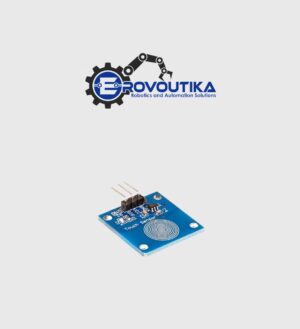DFRobot Analog Turbidity Sensor Module Gravity Series
This Arduino turbidity sensor have both analog and digital signal output modes. You can select the mode according to the MCU as threshold is adjustable in digital signal mode.
This sensors can be used in measurement of water quality in rivers and streams, wastewater and effluent measurements, sediment transport research and laboratory measurements.
Please note that the top of probe is not waterproof!
SPECIFICATION
- Operating Voltage: 5V DC
- Operating Current: 40mA (MAX)
- Response Time: <500ms
- Insulation Resistance: 100M (Min)
- Output Method:Analog
- Analog output: 0-4.5V
- Digital Output: High/Low level signal (you can adjust the threshold value by adjusting the potentiometer)
- Operating Temperature: 5?~90 ?
- Storage Temperature: -10?~90?
- Weight: 30g
- Adapter Dimensions: 38mm*28mm*10mm/1.5inches *1.1inches*0.4inches
DOCUMENTS
SHIPPING LIST
- Turbidity sensor adapter x1
- Sensor probe x1
- Sensor cable x1
- Gravity analog sensor cable x1










Reviews
There are no reviews yet.